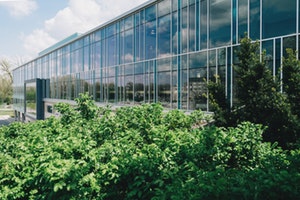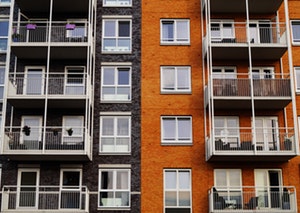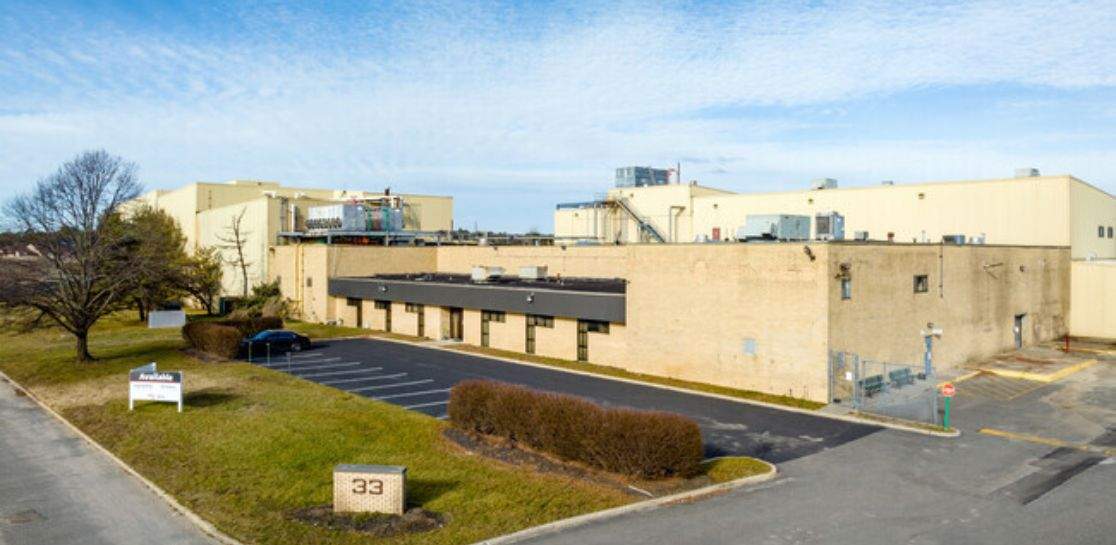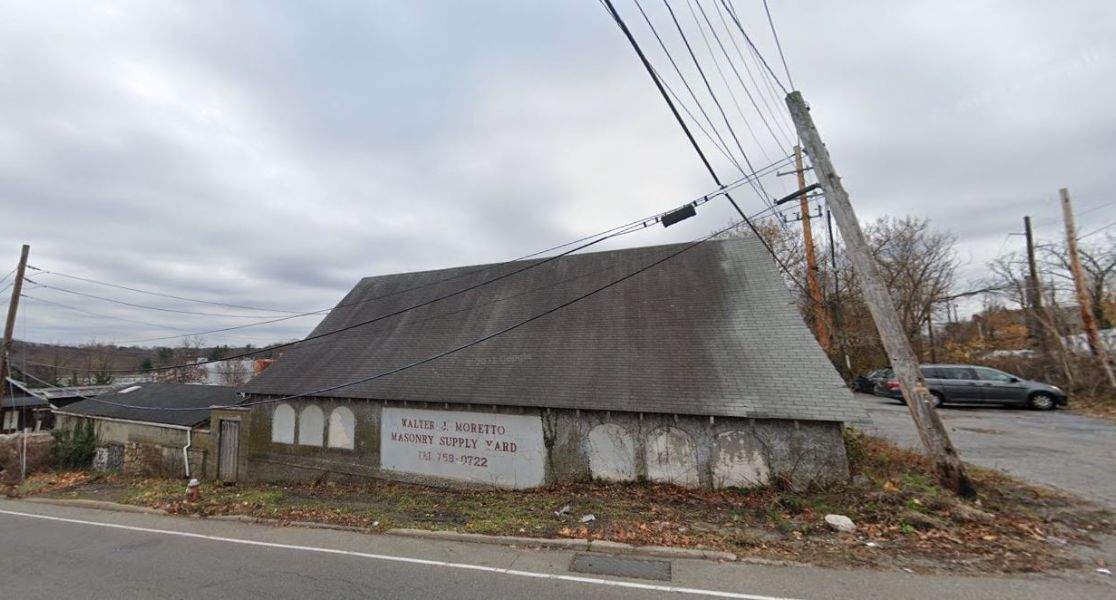Commercial real estate can be broken down into several different categories.
Typically, when people think of commercial real estate they picture shopping centers, office buildings or warehouses. However, the commercial real estate industry is much more detailed when it comes to defining property types.
Investors, lenders and brokers have developed property classifications to make it easier to communicate about the type, quality and rating of a property quickly. For investors, property class is an important factor to consider because each class represents a different level of risk and return.
Investors can use these property class differences to consider how each property fits within their strategy and portfolio, thus deciding upon their return objectives and the amount of risk they are willing to accept in order to achieve those returns. These topics will be broken down into two articles: Part A and Part B.
First, we will review a list of different types of commercial real estate with a description of how each category is typically defined, and later, we will discuss classification grades, which are assigned to commercial real estate properties.
Commercial Real Estate Categories
Office
 Central Business District: Office buildings located in the central business district are found in the heart of a city. For example, larger cities like New York or Chicago, and in some medium sized cities such as Orlando or Jacksonville, these buildings would include high-rises found in busy downtown areas.
Central Business District: Office buildings located in the central business district are found in the heart of a city. For example, larger cities like New York or Chicago, and in some medium sized cities such as Orlando or Jacksonville, these buildings would include high-rises found in busy downtown areas.
Suburban Office Building: This classification of office space generally includes mid-rise structures of 80,000 – 400,000 SF located outside of a city center. Cities will also often have suburban office parks, which consist of several different mid-rise buildings in a cohesive setting.
Industrial
Heavy Manufacturing: Most large manufacturers would fall under this category. These types of properties are heavily customized with machinery for the specific tenant, and usually require substantial renovation to re-purpose for another tenant.
are heavily customized with machinery for the specific tenant, and usually require substantial renovation to re-purpose for another tenant.
Light Assembly: These structures are much simpler than the heavy manufacturing properties and can usually be easily reconfigured for another tenant. Typical uses include storage, product assembly, and office space.
Flex Warehouse: Flex space is an industrial property that can be easily converted and typically includes a mix of both industrial and office space.
Bulk Warehouse: These properties are very large, normally in the range of 50,000 – 1,000,000 SF, and are often used for regional distribution of products and require easy access to entering and exiting local highways.
Retail
Strip Center: Strip centers are smaller retail properties that may or may not contain anchor tenants.
Community Retail Center: Normally in the range of 150,000 – 350,000 SF, these centers are occupied by multiple tenants and anchors such as grocery stores and drug stores. It is also common to find one or more restaurants in a community retail center.
Power Center: A power center generally has several smaller, inline retail stores, but can be distinguished by the presence of a few major box retailers. Each big box retailer usually occupies between 30,000 – 200,000 SF, and contains several parcels.
Regional Mall: Malls range from 400,000- – 2,000,000 SF and generally have a handful of anchor tenants such as department stores or big box retailers.
Out-Parcel: Many larger retail centers contain one or more out-parcels, which are land/structures, set aside for individual tenants such a fast-food restaurants or banks.
Multifamily
 Garden Apartments: Suburban garden apartments are typically structures with 3-4 stories with 50-400 units, no elevators, and surface parking.
Garden Apartments: Suburban garden apartments are typically structures with 3-4 stories with 50-400 units, no elevators, and surface parking.
Mid-rise Apartments: These properties are usually 5-9 stories, with between 30-100 units, and elevator service. These are often constructed in urban locations.
High-rise Apartments: High-rise properties are found in larger settings, usually have 100+ units, and are professionally managed.
Hotels
Full Service Hotels: Full service hotels are usually located in central business districts or high tourist areas.
Limited Service Hotels: Properties in this category are usually boutique properties. These hotels are typically smaller and don’t normally provide extensive amenities such as room service, on-site restaurants, or gathering/convention space.
Extended Stay Hotels: These properties have larger rooms that include small kitchens, and are designed for people who are staying a week or more.
Land
 Greenfield Land: This refers to undeveloped land such as a farm or pasture.
Greenfield Land: This refers to undeveloped land such as a farm or pasture.
Infield Land: Located in an area that has usually already been developed, but is now vacant.
Brownfield Land: These are parcels of land that was previously used for industrial or commercial properties in the past but are now available for re-use. These properties are generally environmentally impaired.
Be sure to follow up this article with our Part B of Commercial Real Estate Types and Categories.






